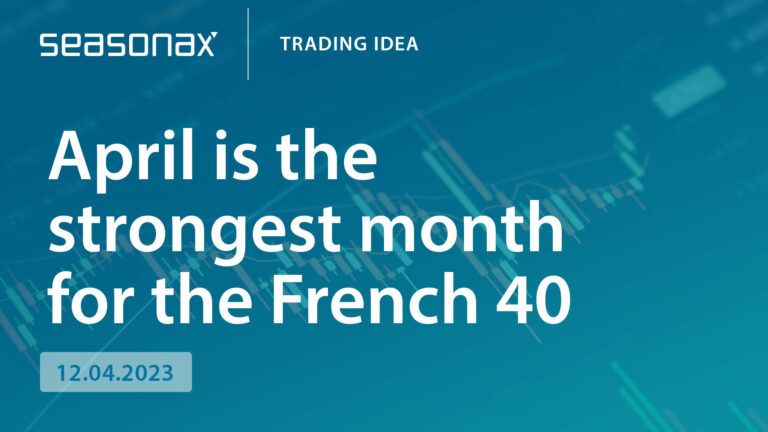Dear Investor,
Seasonax Event Studies
As our readers are aware by now, investment decisions can be optimized with the help of statistics. After all, market anomalies that have occurred regularly in the past often tend to occur in the future as well. One of the most interesting and effective opportunities to increase profits while minimizing risks at the same time is offered by the event studies contained in the Seasonax App.
As a pertinent example for this, the Federal Reserve Bank of New York published a study in 2011 which examined the effect of FOMC meetings on stock prices. The study concluded that these meetings have a substantial impact on stock prices – and contrary to what most investors would tend to expect, before rather than after the announcement of the committee’s monetary policy decision.
Study Shows: Time Period Shortly Before the FOMC Announcement Most Important for Stock Prices
The impact is so strong, that it would have been possible to achieve almost the entire cumulative return of the S&P 500 Index since 1998 if one had invested exclusively in the days when FOMC meetings were held.
The chart below illustrates the situation. The blue line shows the trend in the S&P 500 Index since 1998, indexed to 100. The green line depicts the cumulative return of investing solely on FOMC meeting days, the red line shows the cumulative return of all remaining trading days.
S&P 500 Index, FOMC meetings (green), other trading days (red), 1998 to 2017

A mere 16 trading days per year generated almost the entire return of the index! Source: Seasonax
As you can see above, one could have made a profit almost equal to the “buy & hold” return while taking substantially less risk by investing exclusively during FOMC meetings – which take up a mere 16 trading days per year. Conversely, the red line is lagging by a wide margin. That means that just 6.3 percent of all trading days generated considerably larger profits than all 93.7 percent of the remaining trading days combined!
FOMC Event Study: S&P 500 Index over the days surrounding the announcement over the past 15 years

An FOMC event study on the Seasonax App – this chart shows the market’s behavior in the days surrounding the announcement over the past 15 years (the average of 120 events). The highlighted area is relevant for short term traders: buying 2 days before the announcement and selling 3 days after the announcement was on average the most profitable approach. At the bottom one can see the cumulative profit of this particular strategy (i.e., the 5.day holding period), as well as the returns of every single event. Details on these data can be called up separately. Note: the annualized return was 27.28%. Source: Seasonax
Hence it definitely made a lot more sense to buy stocks in the days leading up to FOMC meetings than buying them after the announcement. Conversely, it was possible to optimize the timing of one’s sales after the announcement. As this approach illustrates, the study of events is definitely useful for conservative investors as well – it is not just of interest to short term traders.
FOMC Meetings Also Have an Impact on Other Markets
Do FOMC meetings only affect stock prices? What about currencies, bonds and commodities? Obviously, FOMC meetings have an impact on other markets as well. However, while the effect on stock prices is at least known to some investors by now due to the publication of the Fed study, the same cannot be said of other markets.
That is where the Seasonax App comes in. With its help, one can examine how important events affect various asset classes within seconds. This knowledge will give traders / investors an edge over other market participants.
New Seasonax Release Contains 77 Distinct Event Studies
The newest release of the Seasonax App will become available in coming days. A variety of functions were expanded in the annual seasonality and intra-day order optimization areas and bugs were fixed. The biggest change though is the addition of new event studies. In total 77 distinct event studies can now be examined and can be linked to every instrument available on Bloomberg Professional or Thomson Reuters.
How does the euro, the DAX or the price of crude oil typically react to interest rate hikes by the Fed, to elections in the UK or to FOMC meetings? These are just some of the questions you will be able to find the answer to within seconds on Seasonax.


